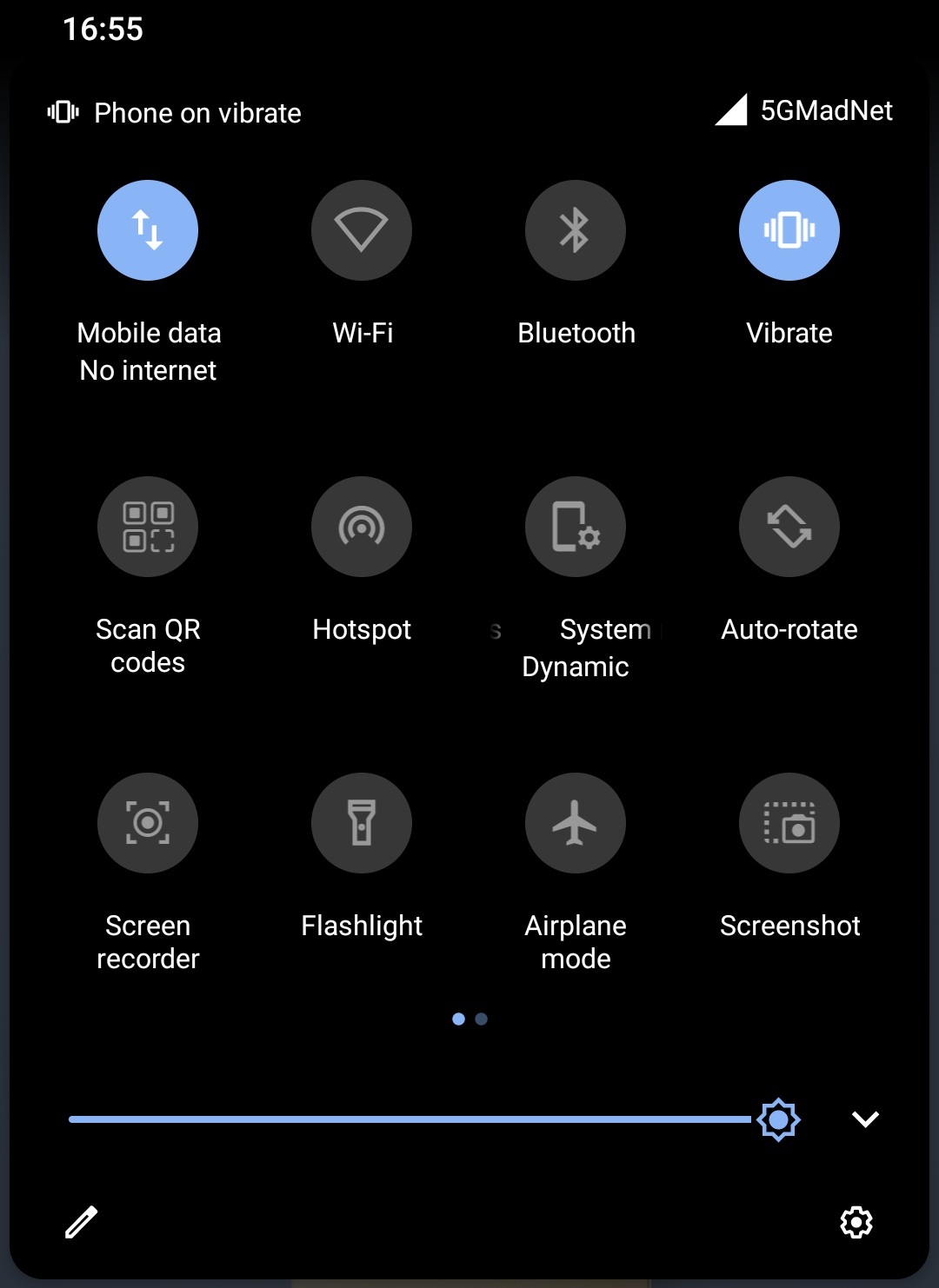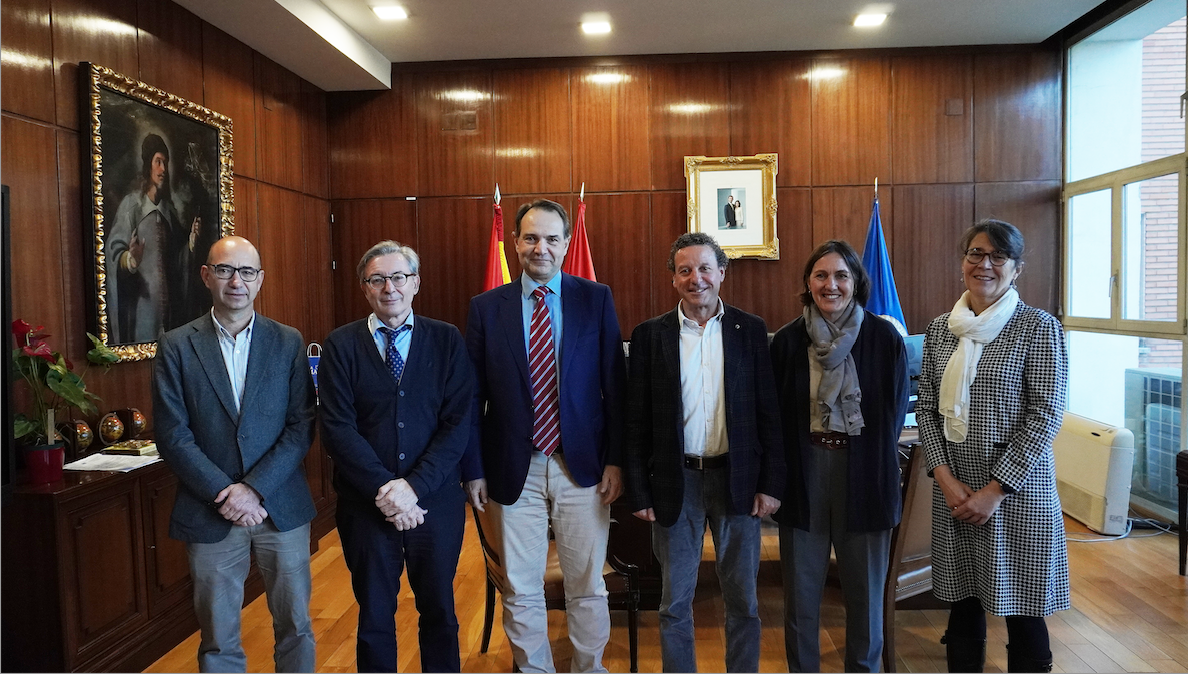ETSIT-UPM and Madrid City Council boost 5G with 5GMADnet deployment
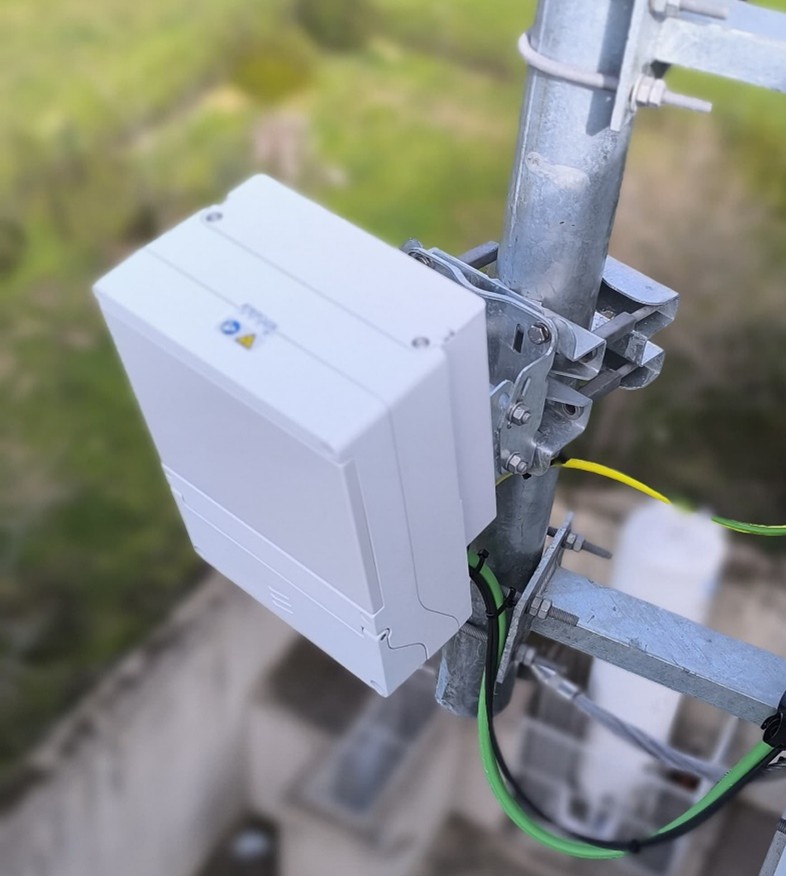
ETSIT-UPM and Madrid City Council promote the development of 5G with the deployment of the Stand-Alone 5GMADnet private network

Madrid, February 28, 2025 – The Escuela Técnica Superior de Ingenieros de Telecomunicación (ETSIT) of the Universidad Politécnica de Madrid (UPM), through the 5G Laboratory of the 6GMadLab ecosystem, and the Madrid City Council reaffirm their collaboration and leadership in innovation with the development of advanced testing on a private 5G SA network operating in the 3.5 GHz and 26 GHz bands.

Millimeter wave antenna of the Stand-Alone 5G private network 5GMADnet
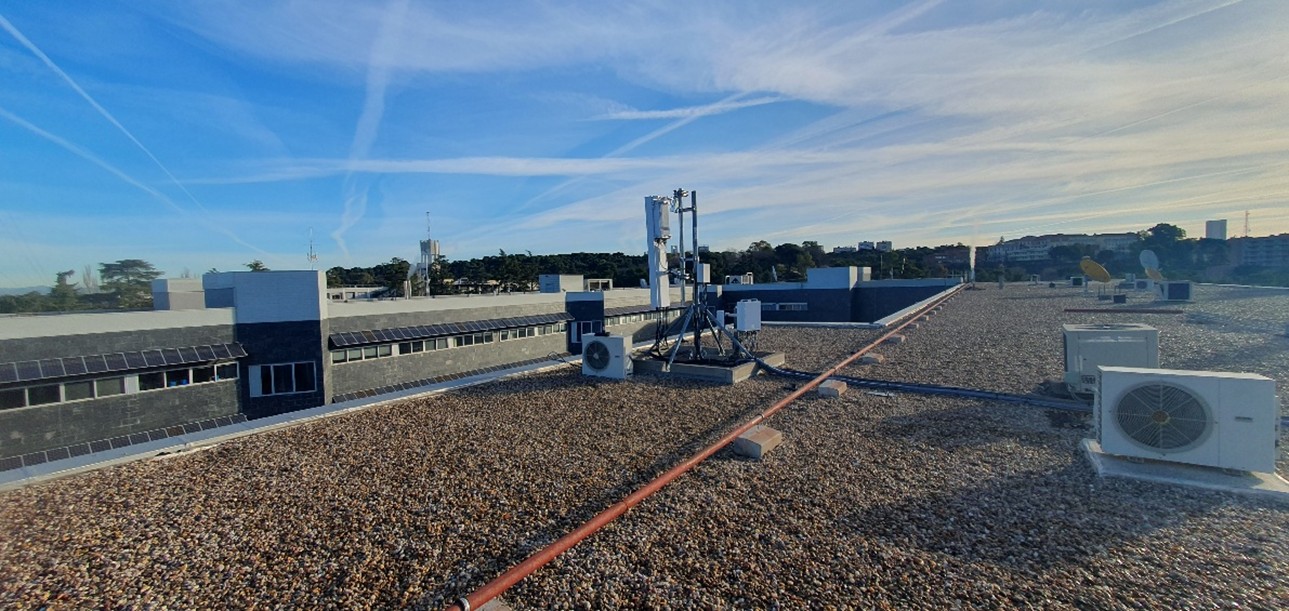
3.5 GHz antenna of the 5GMADnet Private Network
Funded by the UNICO R&D Program of the Ministry for the Digital Transformation and Civil Service and by the European Union NextGeneration EU/PRTR, ETSIT has deployed in the framework of its 5G Laboratory a private 5G SA network operating in the 3.5 GHz and 26 GHz bands, which has been designed and installed by TELÉFONICA MÓVILES with ERICCSON technology. This private network, whose PLMN code is 5GMADnet, the first private network fully operational in service ("live network") to be deployed in Spain in millimeter bands and has been designed as a flexible experimental infrastructure that allows the validation of new technologies and solutions for 5G networks and future generations. Testing in the millimeter wave bands will allow the evaluation of performance in high-density environments and demanding use cases, such as connectivity in urban environments, as well as piloting use cases with high bit rate requirements (1 Gb/s uplink) such as distributed digital content production and intelligent video fusion in extended reality environments and use cases with minimum latency requirements such as vehicle mobility applications and drone operations.
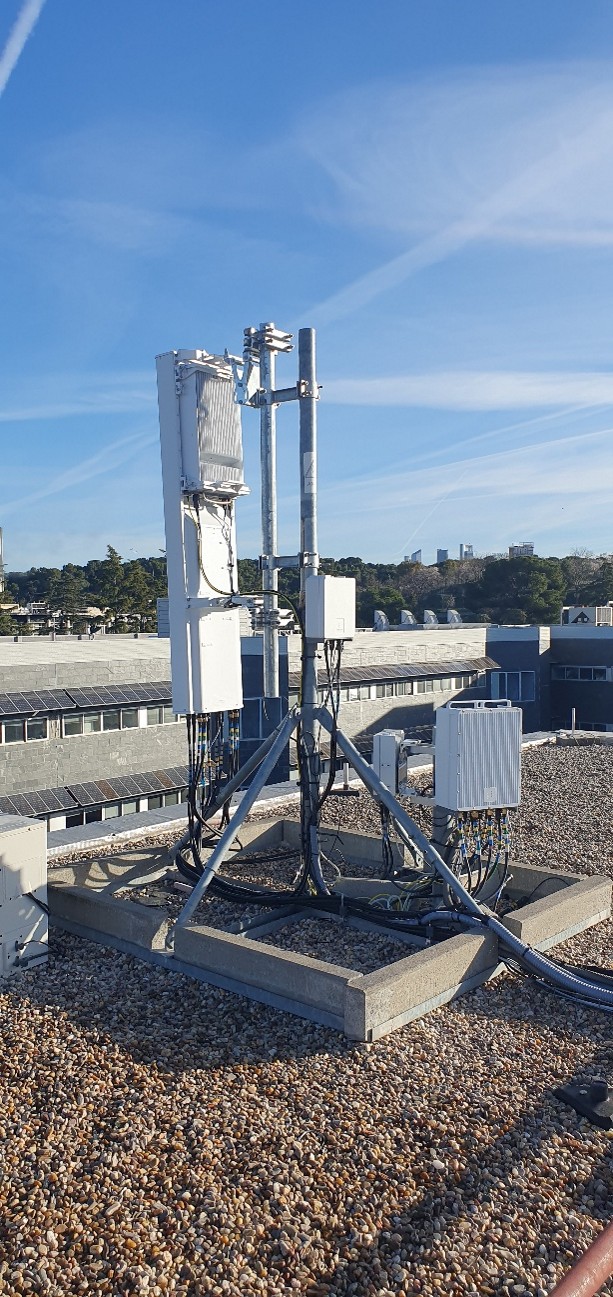
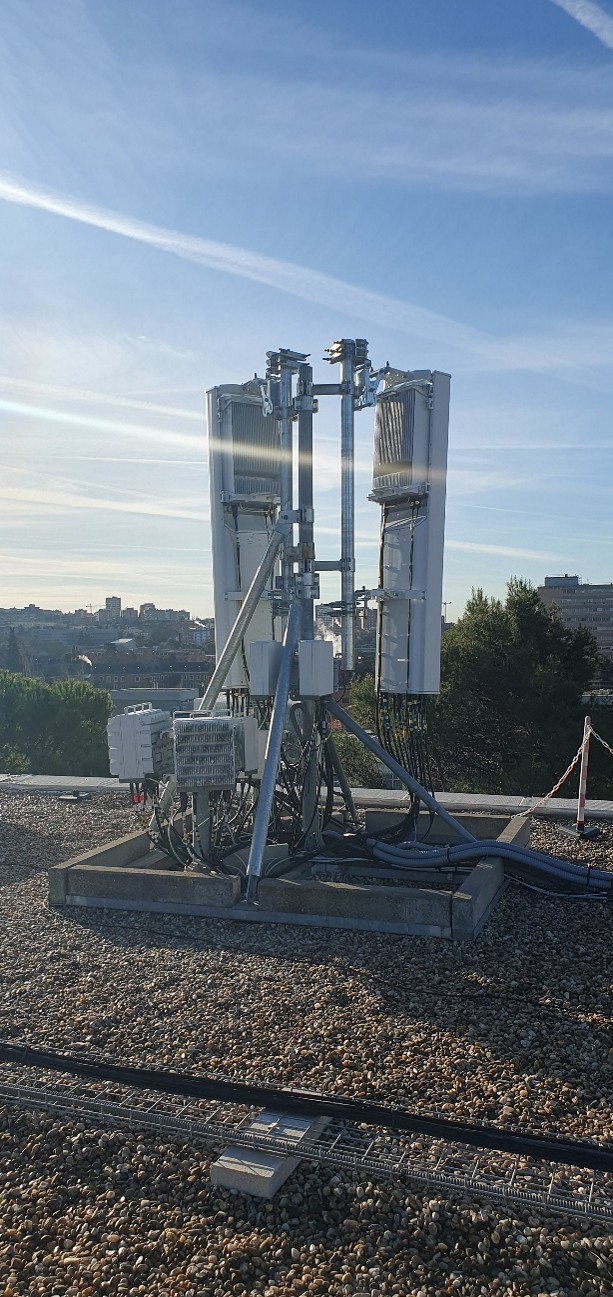
3.5 GHz antenna of the 5GMADnet Private Network
This initiative represents an important step in the digital transformation of Madrid Digital Capital and its 5G agenda for the application of advanced 5G technologies in the urban corridors to be deployed by the City Council for the implementation of pre-competitive and pre-commercial use cases in the municipal area. Moreover, the use of the millimeter wave band in the 5GMADnet environment will allow experimentation with advanced configurations, such as the integration of Edge Computing to reduce latency in response time sensitive applications.
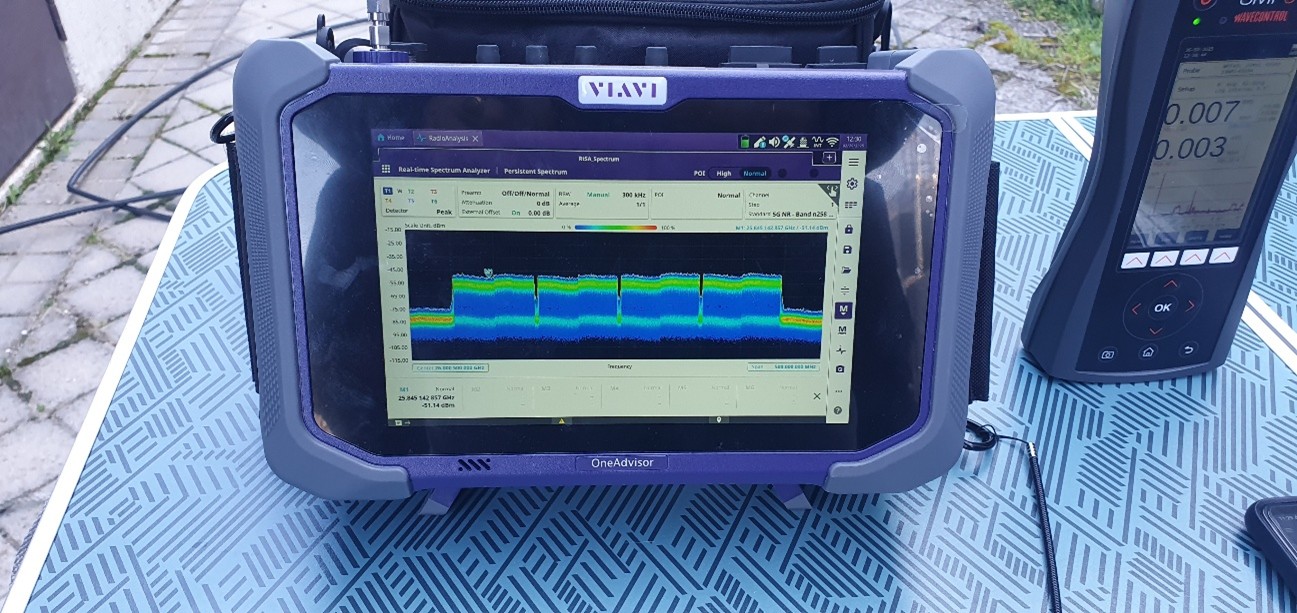
Field measurements in the 26 GHz band (n258)
The development of these tests reinforces the collaboration between the UPM and the Madrid City Council, aligning with the city's strategy to consolidate itself as a benchmark in digital transformation and advanced connectivity. These initiatives not only boost knowledge transfer but also position Madrid as a key hub in the evolution of mobile networks in Spain and Europe, strengthening its leadership in technological innovation and urban digitization.
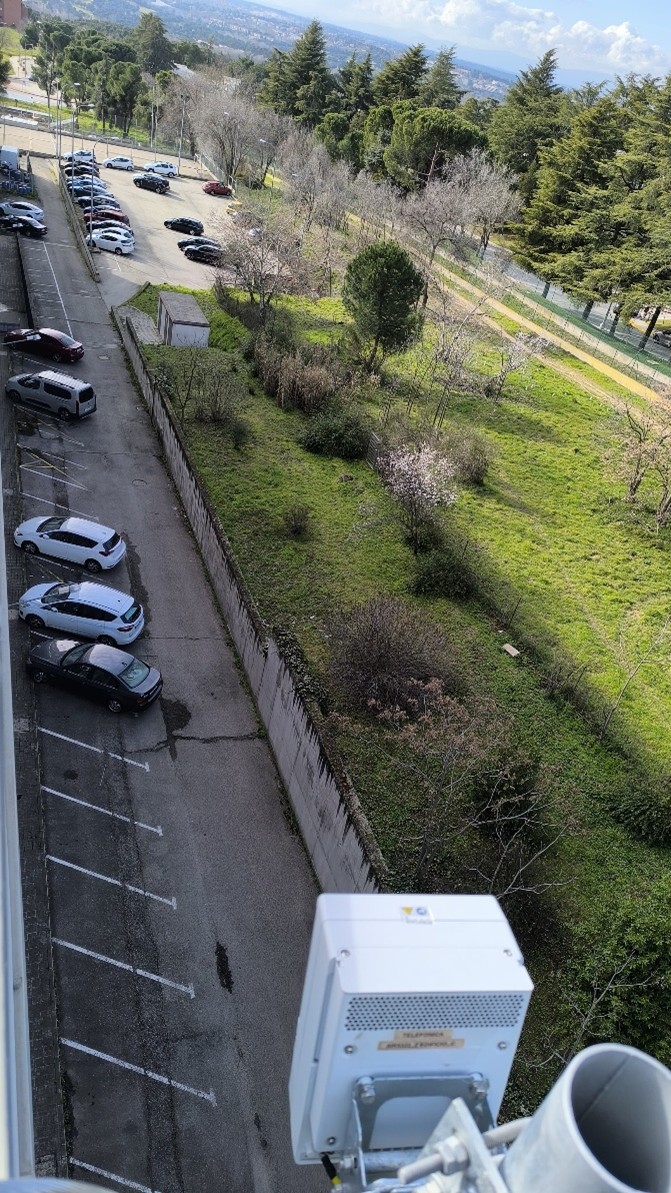

5G SA coverage area in 26 GHz
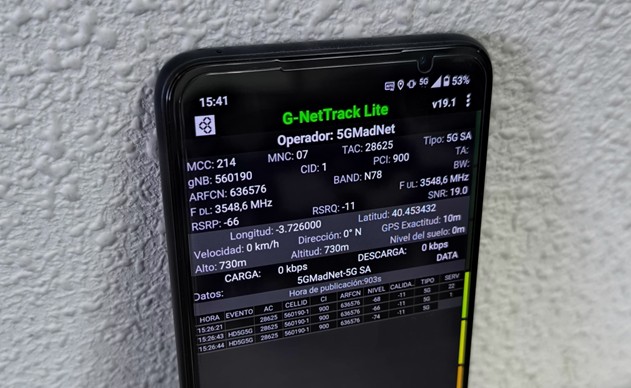
Mobile device connected in the 3.5 GHz (N78) band illustrating the PLMN 5GMadNet

